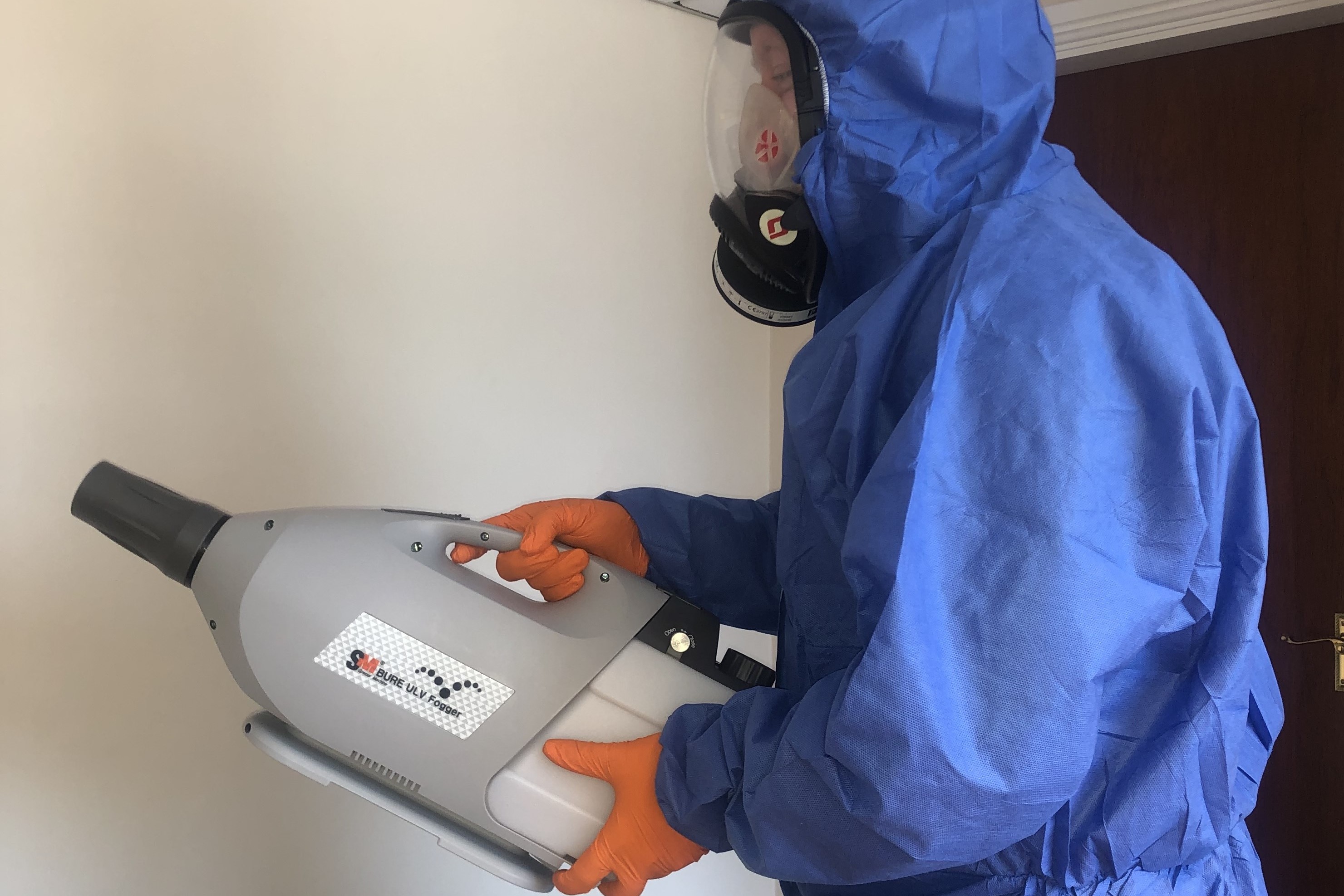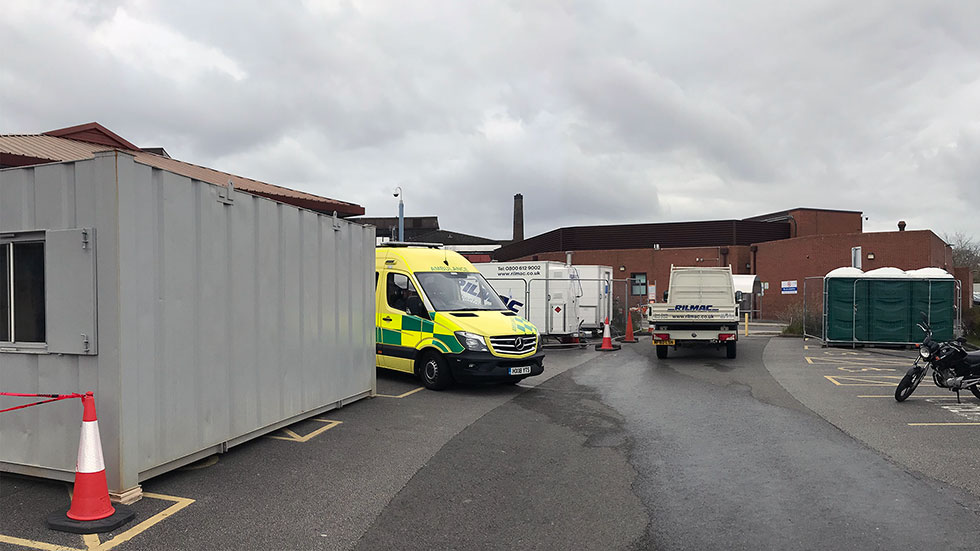Refurbishment and demolition surveys are needed before any such work can be carried out. Asbestos surveys for demolition are used to locate and describe, as far as reasonably practicable, all asbestos containing materials (ACMs) in the area where the refurbishment work will take place or in the whole building if demolition is planned. The survey will be fully intrusive and involve destructive inspection, as necessary, to gain access to all areas, including those that may be difficult to reach. A refurbishment and demolition survey may also be required in other circumstances, eg when more intrusive maintenance and repair work will be carried out or for plant removal or dismantling.
There is a specific requirement in CAR 2012 (Regulation 7) for all ACMs to be removed as far as reasonably practicable before major refurbishment or final demolition. Removing ACMs is also appropriate in other smaller refurbishment situations which involve structural or layout changes to buildings (eg removal of partitions, walls, units etc). Under Construction Design and Management (CDM) Regulations, the survey information should be used to help in the tendering process for removal of ACMs from the building before work starts. The survey report should be supplied by the client to designers and contractors who may be bidding for the work, so that the asbestos risks can be addressed. In this type of survey, where the asbestos is identified so that it can be removed (rather than to ‘manage’ it), the survey does not normally assess the condition of the asbestos, other than to indicate areas of damage or where additional asbestos debris may be present. However, where the asbestos removal may not take place for some time, the ACMs’ condition will need to be assessed and the materials managed.
Refurbishment and demolition surveys are intended to locate all the asbestos in the building (or the relevant part), as far as reasonably practicable. It is a disruptive and fully intrusive survey which may need to penetrate all parts of the building structure. Aggressive inspection techniques will be needed to lift carpets and tiles, break through walls, ceilings, cladding and partitions, and open up floors. In these situations, controls should be put in place to prevent the spread of debris, which may include asbestos. Refurbishment and demolition surveys should only be conducted in unoccupied areas to minimise risks to the public or employees on the premises. Ideally, the building should not be in service and all furnishings removed. For minor refurbishment, this would only apply to the room involved or even part of the room where the work is small and the room large. In these situations, there should be effective isolation of the survey area (eg full floor to ceiling partition) and furnishings should be removed as far as possible or protected using sheeting. The “surveyed” area must be shown to be fit for reoccupation before people move back in. This will require a thorough visual inspection and, if appropriate (eg where there has been significant destruction), reassurance air sampling with disturbance. Under no circumstances should staff remain in rooms or areas of buildings when intrusive sampling is performed.
The design, layout, content and size of the report are very important. Large reports can be unwieldy and even intimidating.
Clients are most interested in the summary, results, conclusions and actions. In hard-copy documents, it can be useful to separate the report into different parts, with the bulk analysis results and the individual survey results, particularly if displayed with accompanying photographs, contained in separate detachable appendices.
Lincoln
INSULATION & ASBESTOS SERVICES
Crofton Drive, Allenby Road Industrial Estate, Lincoln, Lincolnshire LN3 4NJ
FABRICATION
Beevor Street, Lincoln, Lincolnshire, UK LN6 7DJ
SCAFFOLDING
Greetwell Road, Lincoln, Lincolnshire LN3 4NH
London
Unit 4, Ashton Gate, Ashton Road, Harold Hill, Romford, RM3 8UF
Northampton
7 Edgemead Close, Round Spinney, Northampton, Northants, NN3 8RG
Huddersfield
Heritage Exchange, Wellington Mills, Plover Road, Lindley, Huddersfield, HD3 3HR
Manchester
Unit D21 Fieldhouse Industrial Estate, Fieldhouse Road, Rochdale, OL12 0AA
Infrastructure, construction &
industrial scaffolding services.
Asbestos testing, removal &
management services.
Industrial thermal insulation &
cladding services.
Metal fabrication services &
industrial painting.
Our specialist microbial cleaning and disinfection programmes are designed to significantly reduce highly contagious and infectious pathogens from your workplace premises helping to reduce the risk of infection or illness, cross-contamination, and downtime in business operations.
Click to find out more...

Rilmac Insulation are pleased to have been able to provide practical support for NHS staff working at Lincoln County Hospital during the Coronavirus outbreak.
Read more...

